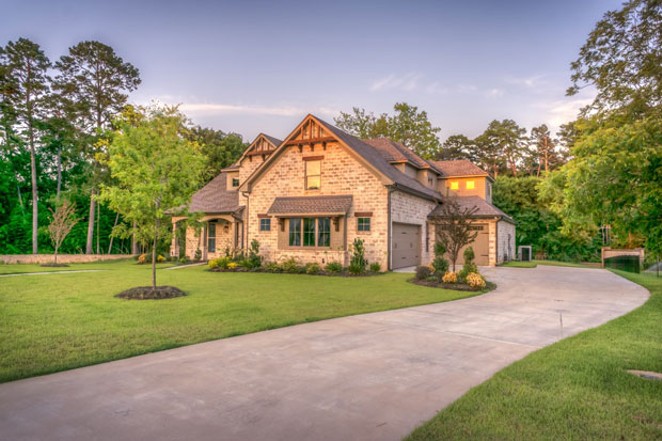When purchasing rental property, buyers should consider several factors, including capitalization rates, rental comparisons, neighborhoods, the target demographic for said rental property and vacancy rates.
It's no secret that Central Oregon has experienced a tight rental market for several years. We continue to hear that there is a shortage of rental property in Central Oregon and that rent rates continue to rise. This general description of the rental market tends to be true; however, sectors of the rental market do see vacancies rates and rents that tend not to follow general rental market statics. One is the luxury market.
The luxury market consists of higher-end single family homes, condos and townhomes, where the monthly rental rate is $2,500 per month or more. Examples of such properties are homes located in Northwest Crossing, Awbrey Butte, Riverfront or downtown condos. These types of properties boast amenities and locations that differentiate them from the general rental inventory, and as such, they also command a higher rent rate.
Some investors prefer to fill their rental portfolios with these types of rental properties since they tend to command much higher rent rates. But when looking to begin or add to a real estate investment portfolio, it's important to understand and manage expectations of a property's performance.
A key factor with any rental property is the vacancy rate—defined as the amount of time a property remains vacant between tenants. General vacancy rates shouldn't be applied to luxury properties, however, since in Central Oregon, these properties tend to experience much-higher vacancy rates. The average vacancy rate for properties under $2,000 per month is 30 days; properties with rent rates north of $2,000 per month experience 60- to 90-day vacancy rates. The reason for this? A limited demographic can afford rental rates above the $2,500 mark. When providing a target-specific product to a limited pool of prospective tenants, it will more certainly result in a higher vacancy rate.
Another factor to consider with luxury rentals is tenant turnover. Luxury rental properties see higher tenant turnover rates. Jeannette Lockwood of PLUS Property Management said luxury rentals typically see tenant turnover within a year, or at the year mark of tenancy. That's because the majority of these tenants are those who have the ability to purchase property and are either using the time of their tenancy to build a home or purchase a home.
With luxury rentals, the rent rates tend to fluctuate more than the average rental. This is due to a smaller pool of available tenants. If the inventory is larger than the pool of tenants it serves, it causes rent rate fluctuations. As such, what the rental comparisons are showing one month could drastically change the next month. It's important to keep in mind that comps are not guarantees when considering market value. They ebb and flow according to season and market conditions.
When looking to purchase luxury type rentals, it's important to study the market, make income projections based on higher turnover and vacancy rates, and consider the increased frequency of rental rate fluctuations. These types of properties are niche rental properties and it's crucial to be aware of the risks that come with this type of niche market.








